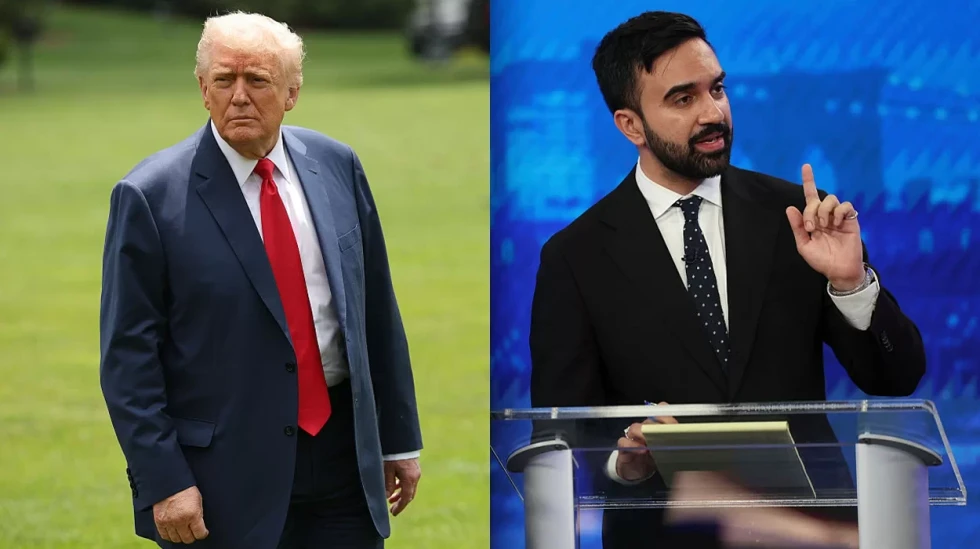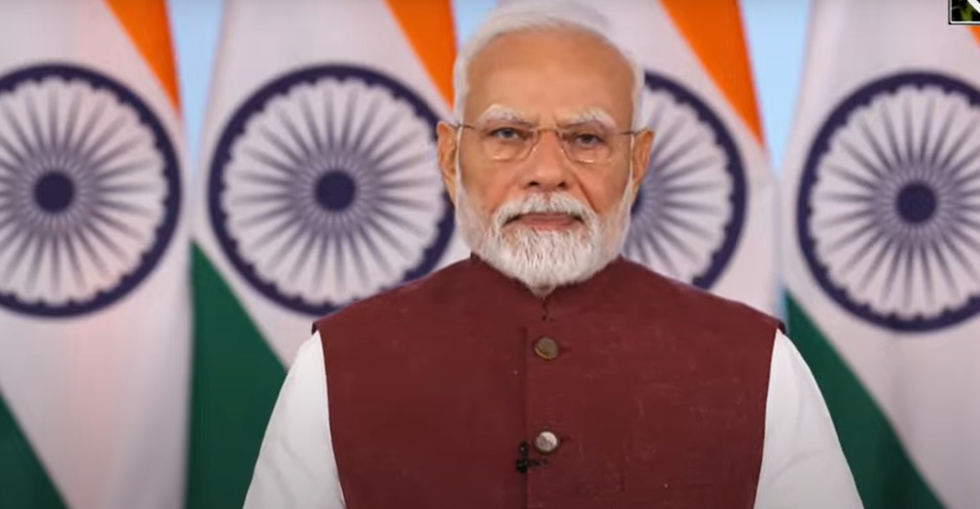WHILE the row between India and Canada over the assassination of a Khalistan separatist leader in Surrey in British Columbia in June has affected the diplomatic and political ties between the two nations, the economic relations too have potentially taken a toll.
The simmering tension between the two democracies that even saw expulsion of diplomats by both sides after Canadian prime minister Justin Trudeau alleged India government agent's potential links with the killing of Hardeep Singh Nijjar on the Canadian soil has also threatened to derail the economic ties that are significant.
According to a report by India's Livemint, bilateral investments between New Delhi and Ottawa rose over 37 per cent in four years to Canadian $36.2 billion or Rs 2.24 lakh crore (£21.8 billion) last year.
Among a major economic fallout is the pausing of the free-trade agreement (FTA) talks between India and Canada. While the FTA was planned to give a boost to bilateral trade, Ottawa said earlier this month that it had stopped talks with New Delhi over the Comprehensive Economic Partnership Agreement (CEPA). This development came just days ahead of Trudeau's visit to India for the G20 summit.
Last week, the scheduled trade mission by Canadian trade minister Mary Ng to India in October was postponed, official sources in Canada said but cited no reason.
The two sides had earlier aimed to seal an initial deal by this year's end.
India and Canada had decided to re-launch the CEPA talks in March last year and also consider an interim agreement or Early Progress Trade Agreement that would be commercially beneficial for both nations, the Indian Express said in a report.
The two nations had also held talks on sectors including goods, trade remedies, origin procedures, services, among others, the report added.
In a report, Reuters said industry estimates showed that the India-Canada CEPA could raise two-way trade by a whopping $6.5 billion, leading to massive GDP gain of $3.8 billion to $5.9 billion for Ottawa by 2035.
News18 reported that in such deals, both sides significantly slash or lift custom duties on the maximum number of goods traded between them.
While New Delhi was aiming for duty-free access for products such as textiles and leather besides easy visa regulations for professionals' movement, Ottawa eyed areas such as dairy and agricultural products.
According to one report, Canada is the 17th largest foreign investor of India and has brought in more than $3.6 billion since 2000. Portfolio investors from that country have invested billions in equity and debt markets in the south Asian economy.
According to Indian Express, Canadian Pension Funds have invested more than US $55 billion (£44.7 billion) in India. The North American nation's Ontario Teachers’ Pension Plan has also invested over Canadian $3 billion (£1.8 billion) in India.
Since 2018, more Indians have been in Canada in terms of international students. Last year, the number of Indian students in the North American nation rose 47 per cent to nearly 320,000, accounting for nearly 40 per cent of the total overseas students there, the Canadian Bureau of International Education said.















